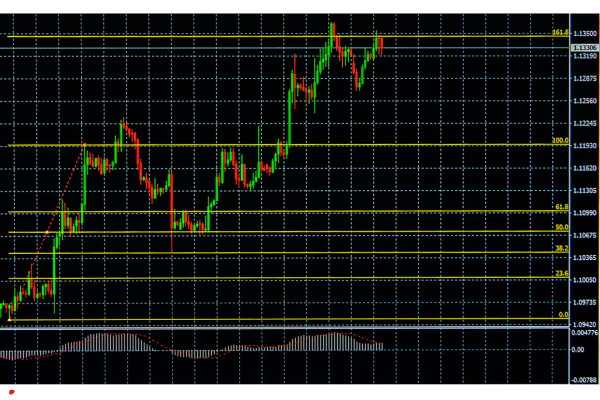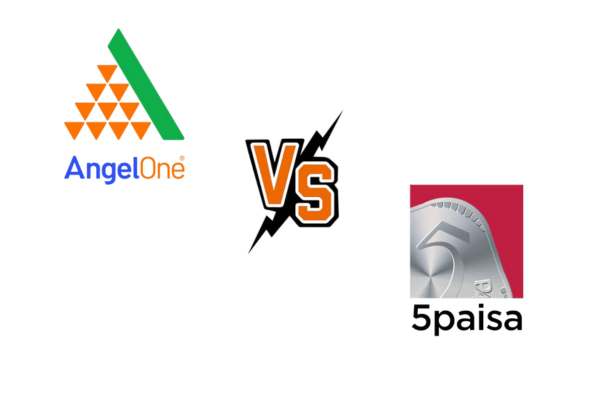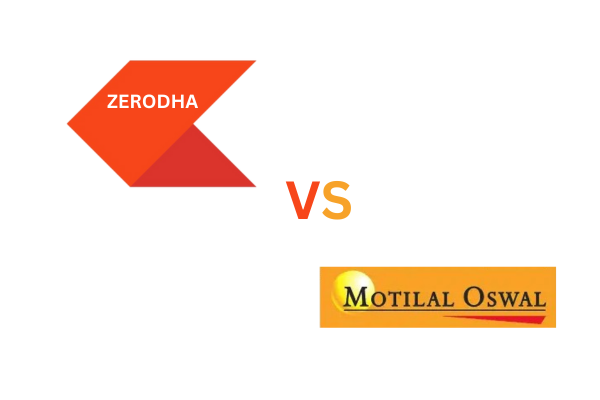How to Spot High-Probability Trades with Fibonacci Retracement is a question that intrigues both beginner and seasoned traders. Fibonacci retracement is a powerful technical analysis tool that helps identify potential levels of support and resistance, which can serve as entry or exit points for trades. By understanding its principles and mastering its application, traders can increase the likelihood of successful trades while minimizing risks.
In this comprehensive guide, we’ll explore how to spot high-probability trades with Fibonacci retracement, covering its basics, practical steps to apply it effectively, and strategies to integrate it with other tools.
Table of Contents
What is Fibonacci Retracement?
Fibonacci retracement is based on the Fibonacci sequence, a series of numbers where each number is the sum of the two preceding ones. When applied to trading, Fibonacci retracement identifies potential pullback levels during a trend. These levels are calculated as percentages of the prior price move, with commonly used ratios being 23.6%, 38.2%, 50%, 61.8%, and 78.6%.
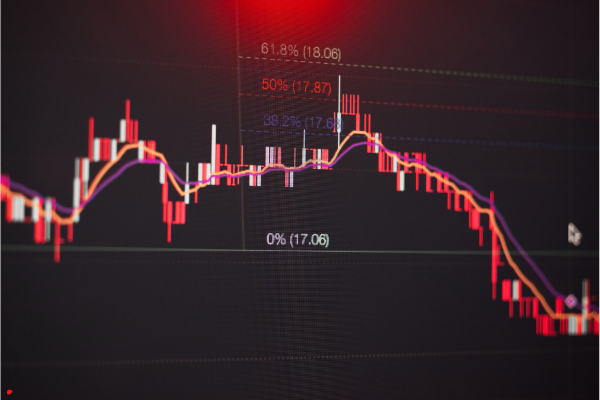
These levels often act as support or resistance zones where the price might reverse or continue its trend. To master how to spot high-probability trades with Fibonacci retracement, it’s essential to understand the psychology behind these levels, as they reflect collective market behavior.
Step-by-Step Guide: How to Spot High-Probability Trades with Fibonacci Retracement
1. Identify the Trend

Before applying Fibonacci retracement, it’s crucial to determine whether the market is trending upwards, downwards, or sideways. High-probability trades are more likely in strong trends, as Fibonacci levels provide pullback points where the trend might resume.
2. Choose the Correct Swing High and Swing Low
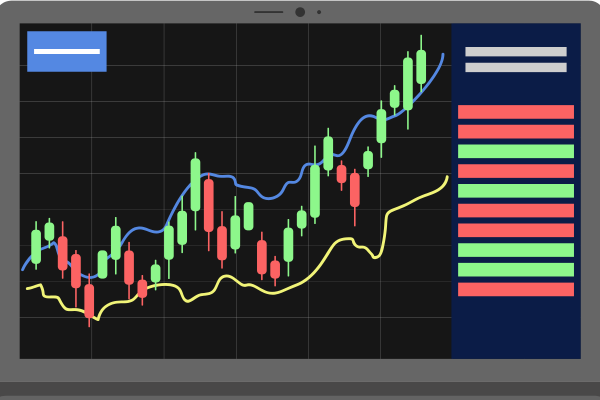
To use Fibonacci retracement effectively, select a significant swing high and swing low in your chart. In an uptrend, the swing low serves as the starting point, while the swing high marks the end. Conversely, in a downtrend, the swing high is the starting point, and the swing low is the endpoint.
3. Draw the Fibonacci Retracement Tool
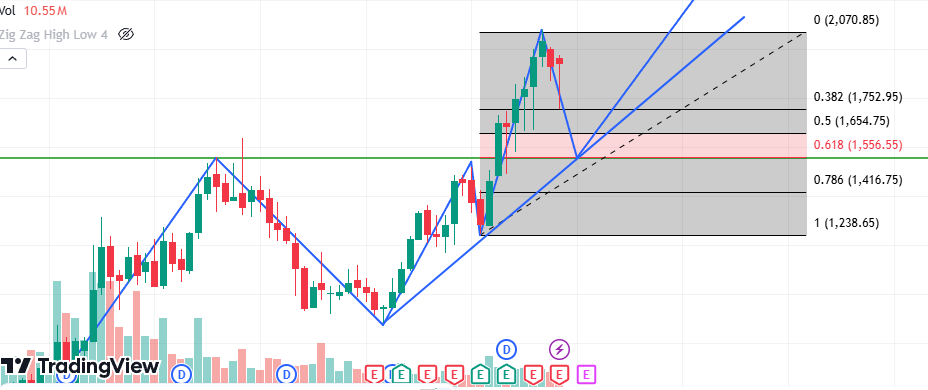
Most trading platforms offer a Fibonacci retracement tool. Plot it from the swing high to the swing low or vice versa, depending on the trend. The tool will display Fibonacci levels automatically.
4. Analyze Key Fibonacci Levels
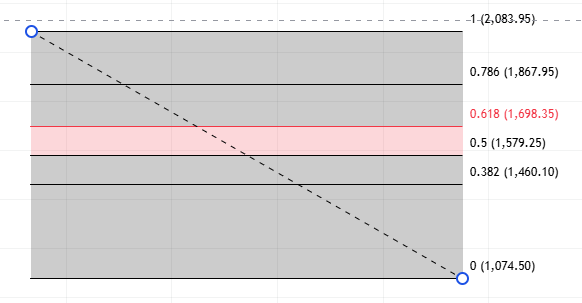
Focus on the key Fibonacci levels—38.2%, 50%, and 61.8%. These are the zones where price is most likely to react. Spotting high-probability trades involves waiting for confirmation signals, such as candlestick patterns or trendline bounces, around these levels.
5. Combine Fibonacci Retracement with Other Indicators
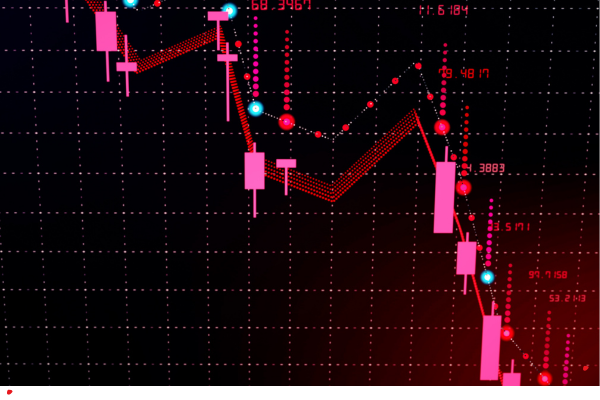
To further improve accuracy in how to spot high-probability trades with Fibonacci retracement, combine it with other technical tools like moving averages, RSI, or MACD. Confluences between Fibonacci levels and other indicators increase the reliability of potential trades.
Common Mistakes to Avoid When Using Fibonacci Retracement
- Overusing Fibonacci Levels
One of the key aspects of mastering how to spot high-probability trades with Fibonacci retracement is avoiding cluttering your chart with too many levels. Focus on key levels that align with the trend and other indicators. - Ignoring the Overall Market Context
Fibonacci retracement works best when applied within the context of broader market trends. Using it in isolation or during choppy market conditions may lead to false signals. - Placing Trades Without Confirmation
High-probability trades require confirmation. Never rely solely on Fibonacci levels without validating them through price action, candlestick patterns, or other tools. - Using Fibonacci on Small Timeframes
Fibonacci retracement is more effective on higher timeframes like 4-hour or daily charts. Small timeframes often produce unreliable signals due to market noise.
How to Spot High-Probability Trades with Fibonacci Retracement: Practical Examples
Example 1: Spotting a Pullback in an Uptrend
- Identify a strong uptrend in a stock or currency pair.
- Plot the Fibonacci retracement tool from the most recent swing low to swing high.
- Look for the price to pull back to the 38.2% or 50% level.
- Wait for bullish candlestick patterns (e.g., hammer or engulfing) to confirm a reversal.
- Enter the trade with a stop-loss below the 61.8% level and a target near the previous high.
Example 2: Combining Fibonacci with RSI Divergence
- Identify a downtrend and plot Fibonacci levels from the swing high to swing low.
- Observe price pulling back to the 61.8% level while RSI shows bearish divergence.
- Enter a short trade with a stop-loss above the 78.6% level.
- Take profit near the swing low.
Advantages of Using Fibonacci Retracement for High-Probability Trades
- Improved Accuracy: It provides precise levels for potential reversals, increasing the likelihood of high-probability trades.
- Ease of Use: The tool is straightforward and available on most trading platforms.
- Works Across Markets: Whether you trade stocks, forex, or crypto, Fibonacci retracement can be applied universally.
- Combines Well with Other Tools: Its effectiveness increases when used with other technical indicators.
How to Spot High-Probability Trades with Fibonacci Retracement in Different Markets
- Forex Market: In forex trading, Fibonacci retracement works well in trending currency pairs like EUR/USD or GBP/JPY. Use it to identify pullbacks during strong trends.
- Stock Market: Stocks with clear uptrends or downtrends, like Apple or Tesla, are ideal candidates for Fibonacci retracement. Combine it with volume analysis to confirm high-probability setups.
- Cryptocurrency Market: Cryptos like Bitcoin and Ethereum often respect Fibonacci levels due to their volatile nature, making it easier to spot trades.
How to Spot High-Probability Trades with Fibonacci Retracement involves mastering the art of identifying key levels, confirm ing trends, and integrating multiple tools for validation. By understanding the psychology behind Fibon acci levels and using them effectively, traders can make informed decisions and boost their profitability.
Remember, the key to success lies in disciplined execution and risk managem ent. Combine Fibonacci retracement with proper analysis, and you’ll unlock its full potential in your tr ading journey.
FREQUENTLY ASKED QUESTIONS (FAQs)
1) What is the golden zone in Fibonacci retracement?
The golden zone in Fibonacci retracement refers to the 61.8% and 50% levels, where price often reverses or consolidates, offering high-probability trade opportunities in trending markets.
2) What is the best timeframe for Fibonacci retracement?
The best timeframe for Fibonacci retracement depends on your trading style:
- Day Traders: Use 5-minute to 1-hour charts.
- Swing Traders: Prefer 4-hour to daily charts.
- Position Traders: Opt for weekly charts.
Align the timeframe with your strategy to spot reliable retracement levels for trend reversals or continuations.

